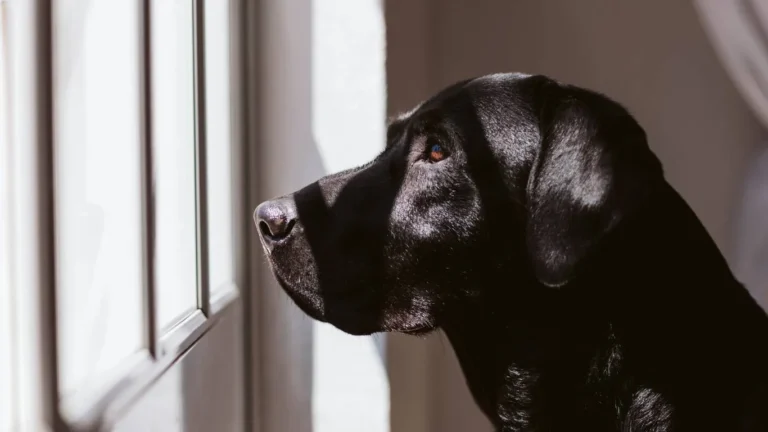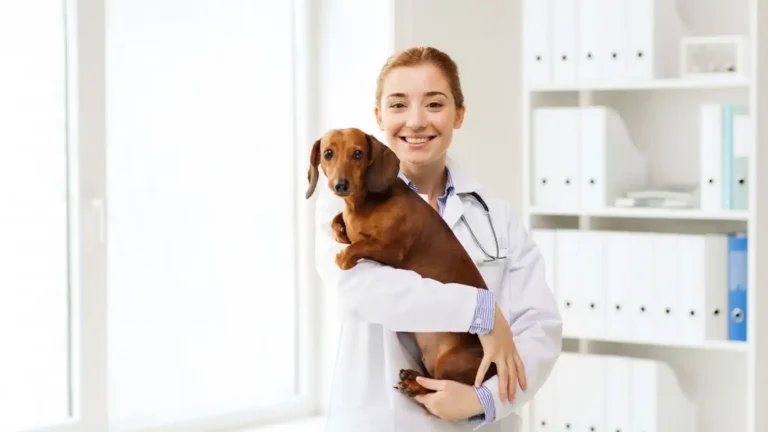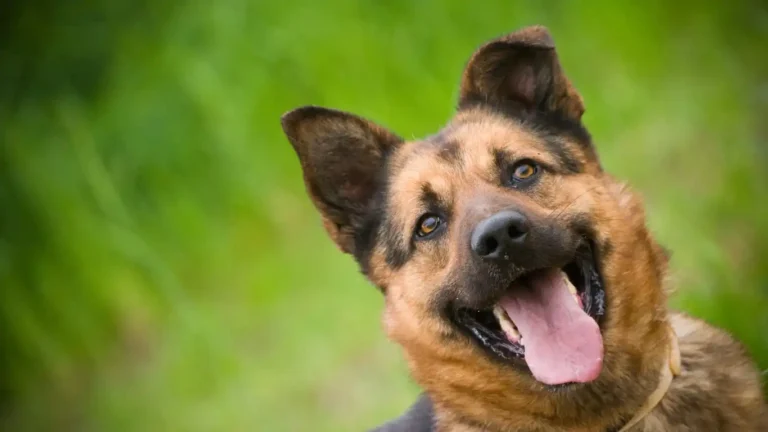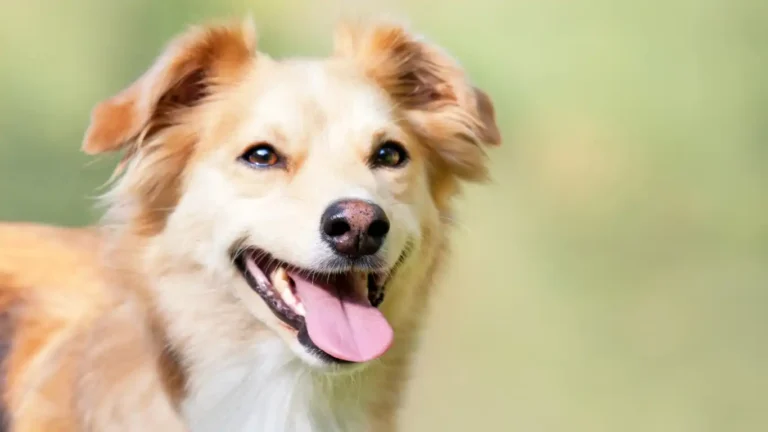How to Recognize When a Dog Is Overheating: Vital Signs Every Owner Must Know
If you’ve ever been out on a summer hike with your dog and suddenly noticed them panting harder than usual, slowing down, or acting a little “off,” you’re not alone. I’ve seen it more times than I can count in my years as a Veterinary Technician specializing in nutrition. Knowing how to recognize when a dog is overheating can literally save a life — and yep, I mean that quite literally. Overheating, or heatstroke in dogs, is a medical emergency, and it often sneaks up quicker than people realize. It’s not just about hot weather either; factors like breed, weight, and even what your dog ate that day can all play a part. So let’s get into what signs to watch for and how to stay ahead of the heat.
Why Dogs Overheat So Easily

Unlike us humans, dogs don’t sweat the same way. In fact, most of their heat regulation happens through panting and a little through their paw pads. That’s not a whole lot when it’s 90°F outside and the pavement feels like a frying pan. Some dogs are more prone to overheating, especially flat-faced breeds like Bulldogs, Pugs, and Boxers. But even your energetic Labrador or the tiniest Chihuahua isn’t immune.
In my clinic, I’ve seen dogs overheat just from a car ride, a run at the dog park, or even lounging in the backyard for a bit too long. It’s heartbreaking — and often totally preventable with just a little know-how.
Risk Factors That Make Overheating More Likely
- Breed: Brachycephalic (flat-nosed) breeds have a harder time breathing efficiently.
- Weight: Overweight dogs generate and retain more heat.
- Age: Very young pups and senior dogs regulate temperature less effectively.
- Coat Type: Thick or double-coated dogs can overheat faster, especially if not properly groomed.
- Medical Conditions: Heart or respiratory issues can impair thermoregulation.
How to Recognize When a Dog Is Overheating
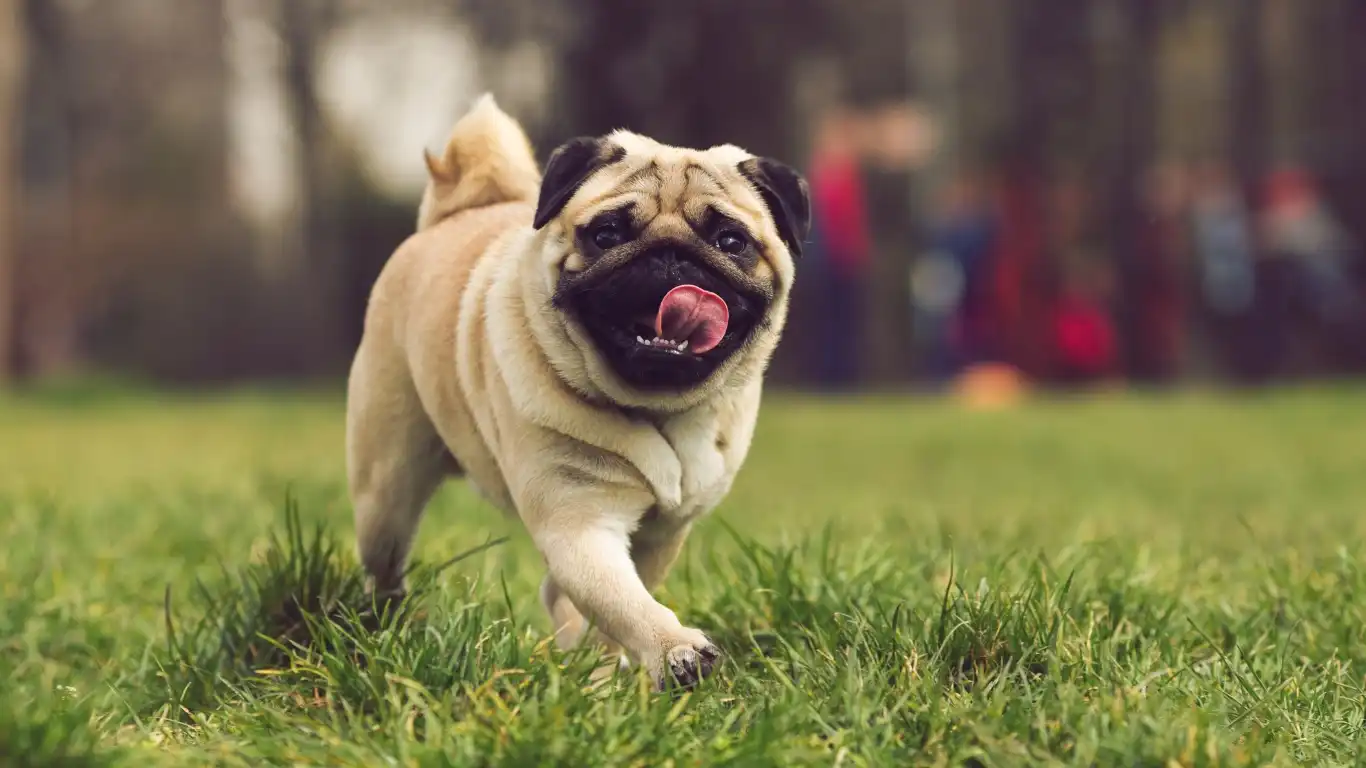
This is the part where it gets real — recognizing the symptoms. It often starts subtly, and by the time it’s obvious, things are already headed downhill. I always tell pet parents to look for the early signs before it becomes an emergency.
Early Signs of Overheating
- Excessive Panting: Not your average post-walk pant — we’re talking heavy, continuous panting even at rest.
- Bright Red or Pale Gums: A big red flag, especially if the tongue looks dark or blue.
- Sticky or Thick Saliva: Drool that’s unusually ropey or sticky can be an early signal.
- Restlessness: Pacing, inability to settle down — your dog knows something’s wrong.
- Increased Heart Rate: You may feel their chest pounding if you place your hand on it.
Advanced Symptoms (This Is Emergency Mode)
- Vomiting or Diarrhea: Sometimes with blood — this is a bad sign.
- Disorientation: Wobbling, stumbling, or appearing dazed.
- Collapse or Seizures: At this stage, immediate vet care is critical.
- Unresponsiveness: If your dog stops reacting to voice or touch, get help ASAP.
One case that’s always stuck with me: a sweet golden retriever named Marley came in after a long walk. His owners thought he was just tired. But he was panting heavily, gums bright red, and he didn’t want to lie down — just stood there trembling. His temp was 105°F. We had to act fast to cool him down. Marley made it, but it was close. The signs were subtle at first, and that’s what makes it so dangerous.
What to Do If You Think Your Dog Is Overheating
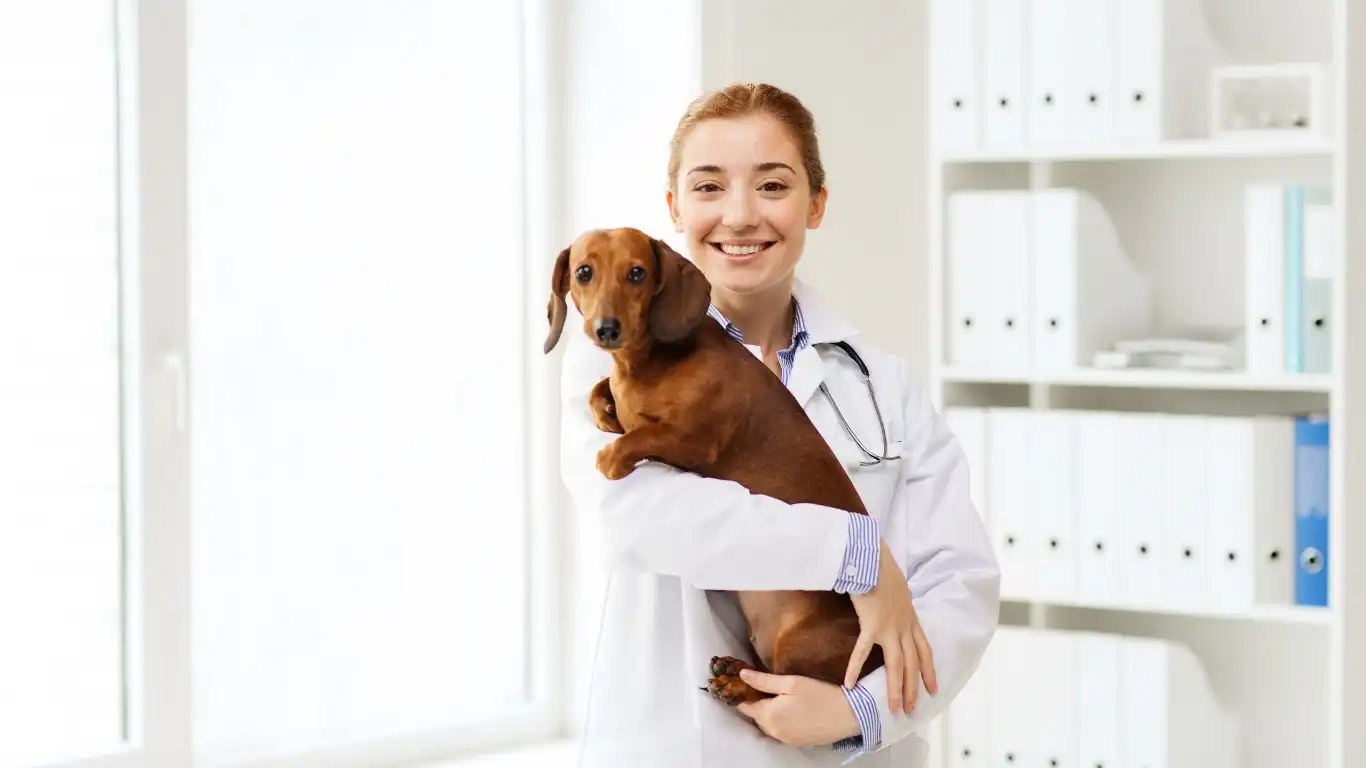
If you even suspect your dog is overheating, don’t wait to see if it gets worse. Take action right away. Even if you’re wrong, it’s better to be safe than sorry. Here’s what I recommend based on both training and experience:
- Get them to shade or indoors — away from sun or hot surfaces.
- Offer cool (not cold) water — let them drink small sips.
- Use cool, damp towels — place on belly, paws, and underarms, not over the entire body which can trap heat.
- Use a fan if possible — airflow helps evaporate heat.
- Call your vet — even if they seem to be improving.
One thing I want to be super clear on: do NOT use ice-cold water. That can send a dog into shock. I’ve had panicked clients dump a bucket of ice water on their overheating dog, and it made things worse. Cool water is enough — think lukewarm shower temp.
Stick with me, because in the next section, we’ll get into how to prevent overheating in the first place — including some tips that go beyond the usual “just don’t walk your dog at noon.” Trust me, as someone who’s been on the emergency side of this more times than I care to count, prevention is way easier than treatment.
Practical Ways to Prevent Your Dog from Overheating
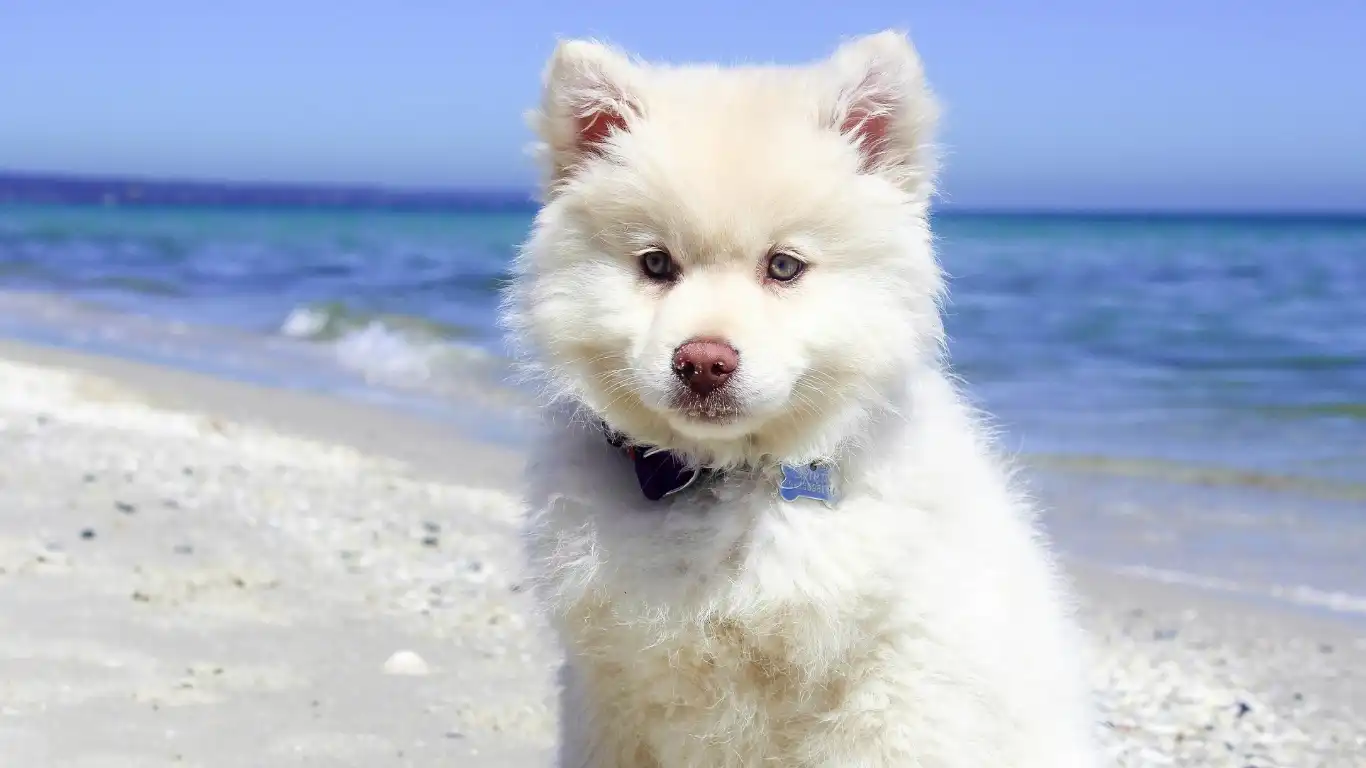
Alright, now that we’ve covered the warning signs of overheating, let’s talk about the part that matters most: prevention. I can’t stress this enough — it’s way easier to keep your pup cool than it is to treat them for heatstroke. And honestly, a lot of these tips are simple little habits that make a huge difference.
Over the years, I’ve had so many conversations with dog parents who thought they were doing everything right. “But we were only outside for 15 minutes,” or “It wasn’t even that hot out today.” That’s the tricky part. It doesn’t have to be blazing for your dog to overheat — humidity, ground temperature, and activity level all play a role.
Adjust Your Walk Schedule
This is the first thing I tell people — shift your dog’s walk times to early morning or late evening during warm months. Avoid the midday sun like the plague. I personally walk my own dogs just after sunrise in summer, and we keep things short and sweet when temps rise.
Check the Ground Temp (Seriously)
If you can’t hold the back of your hand on the pavement for more than 5 seconds, it’s too hot for your dog’s paws. That heat also radiates upward and can raise their core temperature fast. On scorchers, I’ve seen dogs burn their paw pads before they even finish their walk.
Pack Smart When You’re Out
- Portable water bowls: Lifesavers for park days or hikes.
- Cooling bandanas or vests: These work surprisingly well when used properly.
- Shade sources: A pop-up tent or just locating shady areas ahead of time can be a game-changer.
Once, I was out with a client doing a field consult, and their husky-mix was showing mild signs of overheating. We shaded her under a tree, gave her sips of water, and used a cooling vest from the car — within minutes, her panting started to slow. Quick thinking, minimal tools, and she was safe.
Nutrition’s Role in Regulating Heat
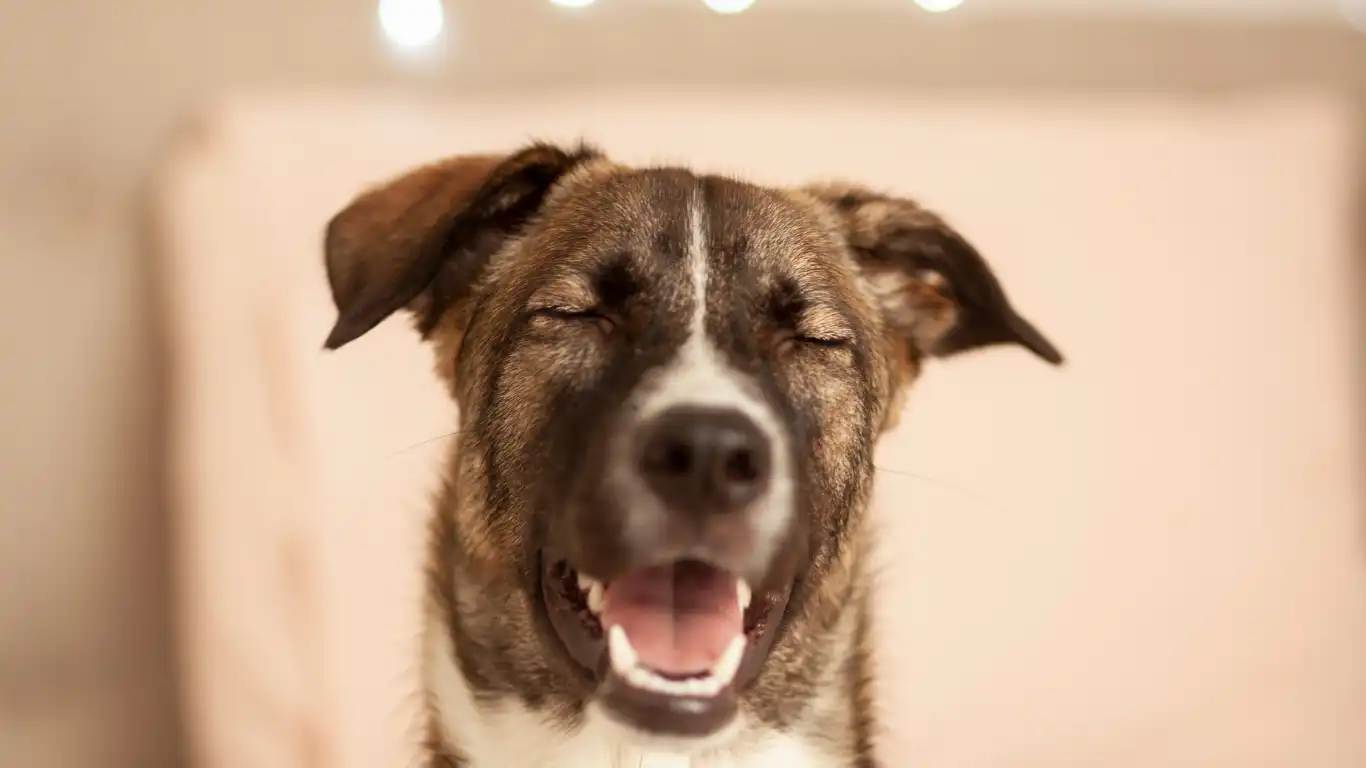
Now here’s where my nutrition background kicks in — because what your dog eats does play a role in how they regulate heat. It’s not just about exercise and shade.
Hydration Starts with Diet
If your pup’s eating a dry kibble-only diet, make sure they’re getting plenty of fresh water — but better yet, try incorporating moisture-rich foods. I recommend:
- Wet food: Either as a topper or full meal, canned options add hydration.
- Fresh fruits and veggies: Watermelon (seedless!), cucumber, and blueberries are dog-safe and refreshing.
- Bone broth: Freeze into cubes for a cool, nutrient-rich treat.
I had one senior dog patient, a boxer named Luna, who just wasn’t drinking enough. We added low-sodium bone broth cubes to her water, and boom — hydration improved practically overnight. Simple fix, big impact.
Supplements and Electrolytes
Most dogs don’t need electrolyte supplements, but in extreme heat or high activity situations, I’ve recommended vet-approved hydration powders — especially for working dogs or those doing agility or training in summer. Always check with your vet before trying anything new though. It’s easy to go overboard without realizing.
Cooling Strategies for Homebodies

Not every dog is out doing trail runs or beach days — some are chilling at home and still overheat. Especially if you live in an area with hot indoor temps or poor ventilation. Here’s how to keep your four-legged friend comfy inside:
Indoor Cooling Tips
- Fans: Place near where your dog likes to nap — box fans or tower fans work wonders.
- Cooling mats: These gel or water-based pads provide a cool spot to lay on without freezing them out.
- Frozen toys: Stuff a KONG with peanut butter and freeze it — double the enrichment and the chill.
My own pup, Willow (a spoiled little Frenchie), refuses to sit still when it’s hot. We rotate her frozen toys every hour in the summer, and she knows exactly when they’re coming — runs to the freezer like clockwork.
Watch for Microclimates Indoors
This one’s overlooked all the time — some rooms in your house are just hotter than others. I once had a client who couldn’t figure out why their border collie was panting at night. Turns out, the guest bedroom they used as a dog room was several degrees warmer than the rest of the house. A small fan and blackout curtains fixed the issue overnight.
Being mindful of where your dog sleeps, rests, and plays indoors can prevent those sneaky overheating episodes that happen even when you think you’re safe inside.
Travel Tips: Avoiding Heat Stress on the Go
Whether it’s a quick drive or a road trip, travel adds another layer of risk. I’ve seen too many heartbreaking cases of dogs left in hot cars — even “just for a minute” — and the outcome is almost always tragic.
Rules for Safe Travel
- Never leave your dog in the car alone — not with the windows cracked, not for 2 minutes.
- Pre-cool the vehicle before loading your pup in.
- Bring water and cooling tools like a fan that plugs into your car or a frozen water bottle wrapped in a towel.
One of my go-to hacks: I freeze a bottle of water, then wrap it in a towel and place it on the floor of the car. Acts like a little personal AC unit for the ride. Cheap and effective.
By staying proactive and knowing how to recognize when a dog is overheating, you’re already ahead of the game. In the next part, we’ll get into emergency protocols and what every pet parent should have in a doggy first aid kit — plus some personal stories that drive it all home.
Emergency First Aid for Overheating Dogs
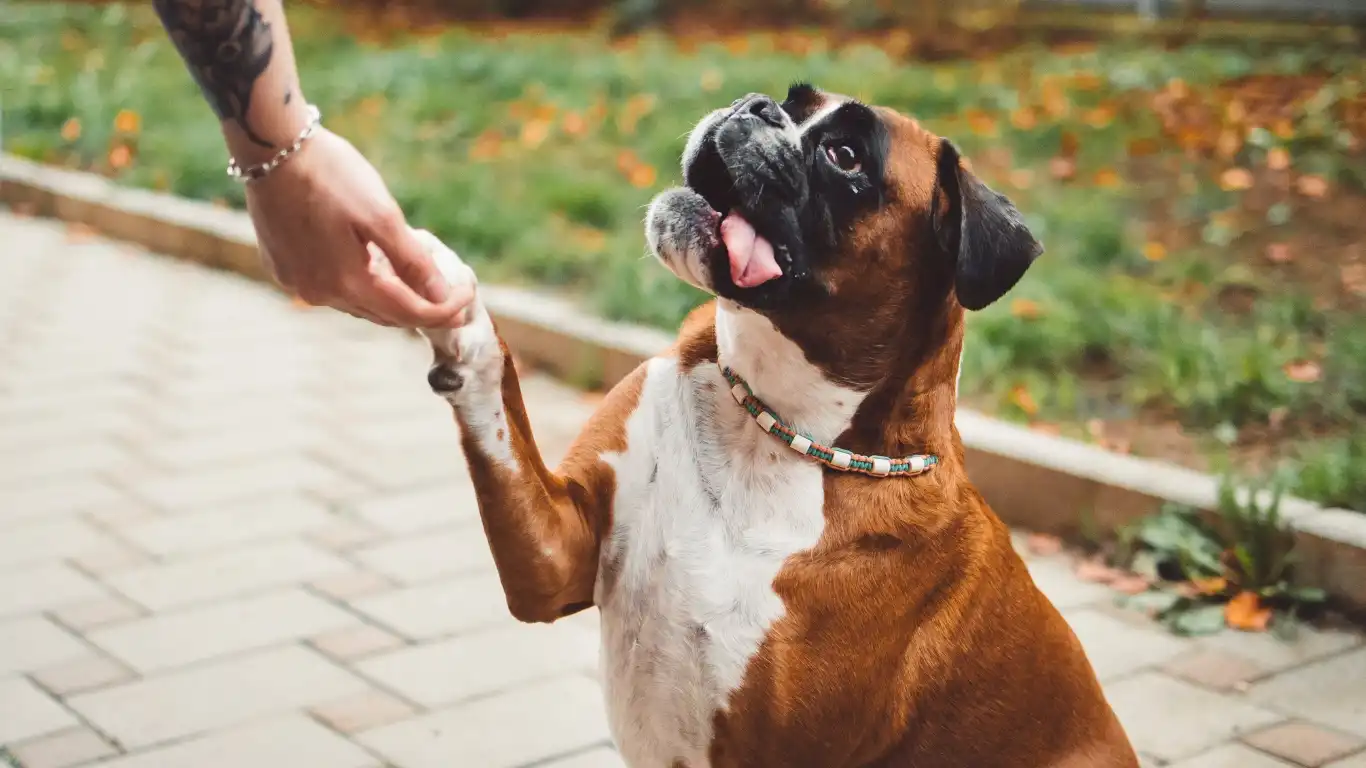
Okay, let’s say you’ve done everything right, but your dog still starts showing signs of overheating. Don’t panic — quick action can make all the difference. As a vet tech who’s helped dozens of overheating pups, I can tell you that knowing what to do in the first few minutes can literally be the turning point between recovery and a serious emergency.
First things first — stay calm. Your dog can pick up on your stress, and that just adds to their anxiety. You’re the anchor here.
Immediate Steps to Cool an Overheated Dog
- Move them to shade or indoors: Get them out of direct heat immediately.
- Offer small sips of cool water: Not ice-cold — just slightly cool. Let them drink slowly.
- Use lukewarm water: Soak a cloth or towel and place it under the armpits, paws, and belly. These areas help lower core temperature fastest.
- Use a fan: Airflow helps with evaporative cooling, especially if their coat is damp.
- Monitor their temperature: If you’ve got a rectal thermometer, safe range is between 101–102.5°F. Anything above 104°F needs vet attention — no exceptions.
One time, a neighbor ran over with their mini Aussie who had collapsed during a fetch session. It was hot, humid, and he was obsessed with the ball — kept playing past his limit. We followed those exact steps, and by the time we got to the clinic, his temp had already dropped back into a safer zone. It was close, though.
What Not to Do (Seriously)

There are a few things I see people do in a panic that actually make things worse. So let’s clear those up right now:
- Do NOT use ice-cold water or ice packs directly on the dog: This can constrict blood vessels and trap the heat inside.
- Do NOT cover the dog completely with wet towels: It seems like a good idea, but it prevents heat from escaping.
- Do NOT force water into their mouth: If they’re lethargic or disoriented, forcing water can cause aspiration.
If you’re unsure or if your dog seems out of it, call your vet or emergency clinic right away. I always say, “When in doubt, get checked out.” You’d rather be safe and a little over-cautious than dealing with a medical emergency that escalated.
Build a Doggy Heat Emergency Kit
Look, it’s better to have it and not need it than the other way around. Every dog owner should have a little go-to kit for hot weather or overheating situations. Here’s what I keep in mine — and what I recommend to every client:
My Heat Emergency Essentials
- Digital thermometer: Rectal is most accurate, and yes, it’s worth it to know their temp.
- Cooling towel or vest: Pre-soaked and stored in a bag, ready to go.
- Collapsible water bowl: You never know when you’ll need it on a walk or drive.
- Battery-powered fan: Great for travel or backyard cooldowns.
- Low-sodium broth cubes: Hydration boost and a tasty way to get them to drink.
- Emergency vet contact info: Keep it written down and saved in your phone.
I even recommend tossing in a couple of cooling paw booties if your dog tolerates them. They’re great if you’re out walking in hot areas or asphalt-heavy places.
When to Go Straight to the Vet
Sometimes, despite our best efforts, a trip to the vet is non-negotiable. If you see any of the following signs after attempting cooling strategies, don’t wait — just go:
- Temperature stays above 104°F despite cooling efforts.
- Disorientation or collapse: They’re wobbling, can’t stand, or lose consciousness.
- Rapid breathing that doesn’t slow down: Even after they’re resting in cool air.
- Gums are blue, gray, or pale: That’s a circulation red flag.
- Seizures or muscle tremors: These are serious signs of heatstroke and brain involvement.
When in doubt, get them to a vet ASAP. I’ve seen dogs bounce back with fluids, oxygen therapy, and monitoring — but time is everything. Don’t let fear or second-guessing slow you down.
Final Thoughts and Responsible Pet Ownership
Recognizing how to recognize when a dog is overheating is just one piece of being a solid pet parent. It’s about knowing your dog, staying alert to their subtle cues, and being prepared — especially in warmer months. Trust your gut, and trust your dog. They’ll tell you when something’s wrong, even if it’s not in words.
From nutrition and hydration, to travel safety and emergency response, the goal here is simple: keep your pup safe, happy, and out of the danger zone. Heatstroke is scary, but it’s also something we can largely prevent when we know what to look for and how to act fast.
I hope this guide has helped equip you with practical, real-world advice — from someone who’s not just studied it, but lived it day after day in the clinic and in my own backyard. Give your dog a hug, keep them cool, and don’t forget that frozen peanut butter KONG on hot afternoons — your pup will thank you.
References
Disclaimer
This article is based on my professional experience as a Veterinary Technician with a focus in nutrition, combined with current best practices and veterinary resources. It is intended for informational purposes only and does not substitute professional veterinary advice. If your dog is exhibiting signs of distress or illness, please contact your veterinarian or local emergency animal hospital immediately.


